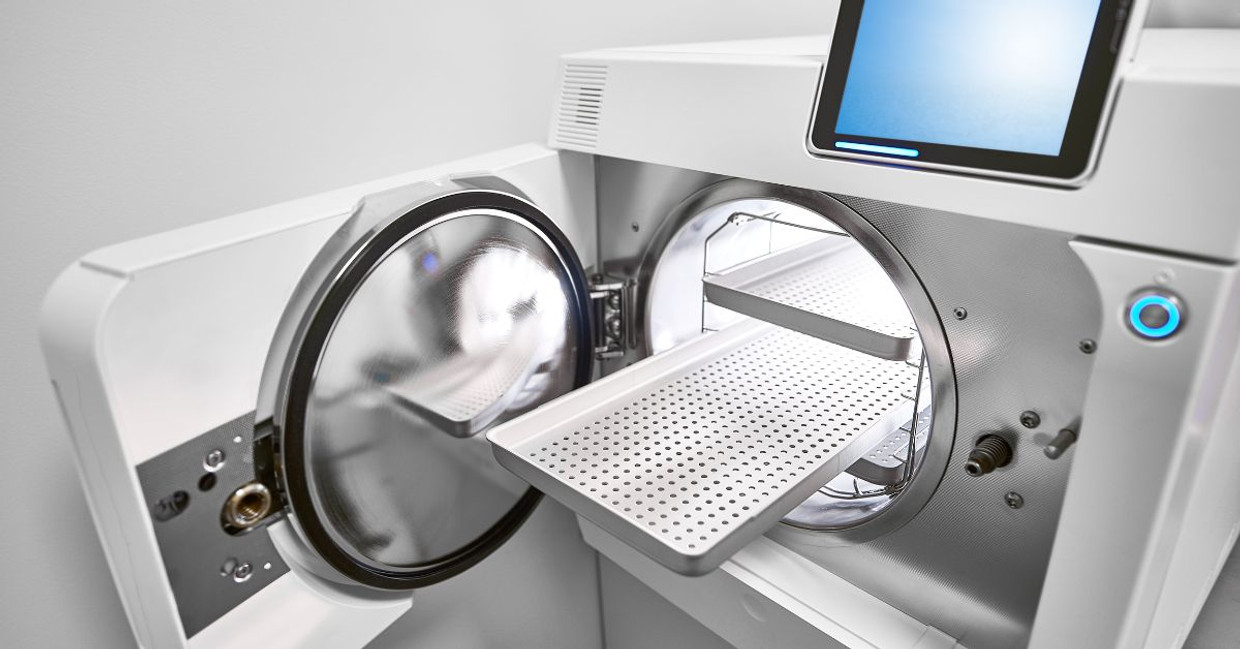Blog
9 Types of Breastfeeding Models To Educate New Parents
Providing new parents with the best start on their breastfeeding journeys takes more than just knowledge and encouragement. It requires meaningful, hands-on education that bridges gaps in understanding and builds the confidence every new family needs. Breastfeeding education models offer a tangible, interactive way for lactation consultants, midwives, and other healthcare professionals to demonstrate, explain, and troubleshoot real-world breastfeeding challenges, making parent education more imp
…
Apr 30th 2025
Exploring the Evolution of Amniotomy Tools
Amniotomy plays an important role in modern obstetrics as a method for inducing or accelerating labor. This procedure involves intentionally rupturing the amniotic sac and requires careful techniques and special tools to protect the parent and baby. The transformation of amniotomy tools over time has contributed greatly to safer and more efficient outcomes in labor wards. Exploring the evolution of amniotomy tools highlights how choosing the right device shapes patient care while opening the doo
…
Apr 29th 2025
Everything You Need To Know About Cleaning Autoclaves
Sterilization protocols rank among the highest priorities within healthcare settings. Medical autoclaves play a central part in maintaining sterile environments, protecting patients and staff by eliminating potentially harmful pathogens on surgical instruments and equipment. Cleaning these machines is fundamental to safe, uninterrupted operations. This guide will cover everything you need to know about cleaning autoclaves so you can implement best practices for ongoing care.
Understanding Autocl
…
Apr 28th 2025
How To Address Challenges in Fetal Heart Rate Auscultation
Fetal heart rate auscultation is essential for monitoring a baby’s well-being during pregnancy, and it helps to guide clinical decisions. However, environmental, technical, and skill-based barriers can affect accuracy. We’ll explore how to address challenges in fetal heart rate auscultation so you can improve outcomes and refine your approach to this task.
Common Challenges in Auscultation
Auscultating a fetal heart requires healthcare professionals to rely on sharp clinical judgment
…
Apr 17th 2025
Long-Term Health Benefits of Breastfeeding for Infants
Breastfeeding is often referred to as nature's perfect food for infants, and for good reason. Beyond providing rich, vital nutrients, breastfeeding plays a crucial role in shaping a child's long-term health.
Lactation consultants and medical professionals have seen firsthand how breastfeeding can positively impact infant development and well-being. This guide explores the long-term health benefits of breastfeeding for infants, focusing on its role in immunity, allergy prevention, cognitive
…
Apr 10th 2025
Regulatory Standards and Compliance for Medical Sterilizers
Medical sterilizers are essential for infection control, ensuring that surgical instruments and medical devices are free from harmful microorganisms. Their effectiveness depends on proper manufacturing and operation in compliance with strict regulatory standards.
For healthcare professionals, adhering to these standards is crucial for legal compliance and safe, effective patient care. This guide highlights regulatory standards and compliance for medical sterilizers and the benefits of follo
…
Apr 9th 2025
Recognizing and Troubleshooting Common Pulse Oximeter Errors
Pulse oximetry is an indispensable tool in modern healthcare. Used across medical settings, it provides a quick, non-invasive way to measure oxygen saturation (SpO2) and monitor a patient’s respiratory health. Critical care and outpatient clinics rely on pulse oximeters daily to guide vital clinical decisions.
Despite their ubiquitous use, improper handling and external factors can lead to inaccurate readings, compromising patient care. Healthcare professionals need to ensure every re
…
Apr 8th 2025
A Look at Quality Control in Medical Tools Manufacturing
Medical tools are critical components of healthcare, playing a crucial role in diagnosing, treating, and saving lives every day. Behind the scenes, manufacturing these tools involves stringent quality control measures to verify that they are reliable, safe, and effective. For healthcare professionals and quality assurance teams, understanding how quality control impacts the production of medical tools is integral to maintaining the highest standards in patient care.
Let’s take a look
…
Apr 7th 2025
Helpful Tips for Repairing a Home Birth Pool
Home birth pools are integral to many labor and delivery plans, offering comfort and relaxation for expectant mothers. However, as with any inflatable product, they are not immune to wear and tear.
A small puncture or leak doesn’t necessarily mean the pool is unusable, and with the right approach, you can restore it to full functionality. We’ll provide helpful tips for repairing a home birth pool.
Identify the Damage
Before beginning repairs, inspect the birth pool thoroughly to
…
Apr 4th 2025
The Impact of Midwifery on Maternal Mental Health Outcomes
Welcoming a new human into the world is a life-changing experience, but it also comes with its share of challenges, especially when it comes to mental health. For many expectant mothers, the care they receive during pregnancy, birth, and the postpartum period plays a significant role in shaping their mental and emotional well-being. This is where midwifery steps in.
With its core values of personalized care, empowerment, and community, midwifery offers a unique approach that focuses on physical
…
Mar 28th 2025










